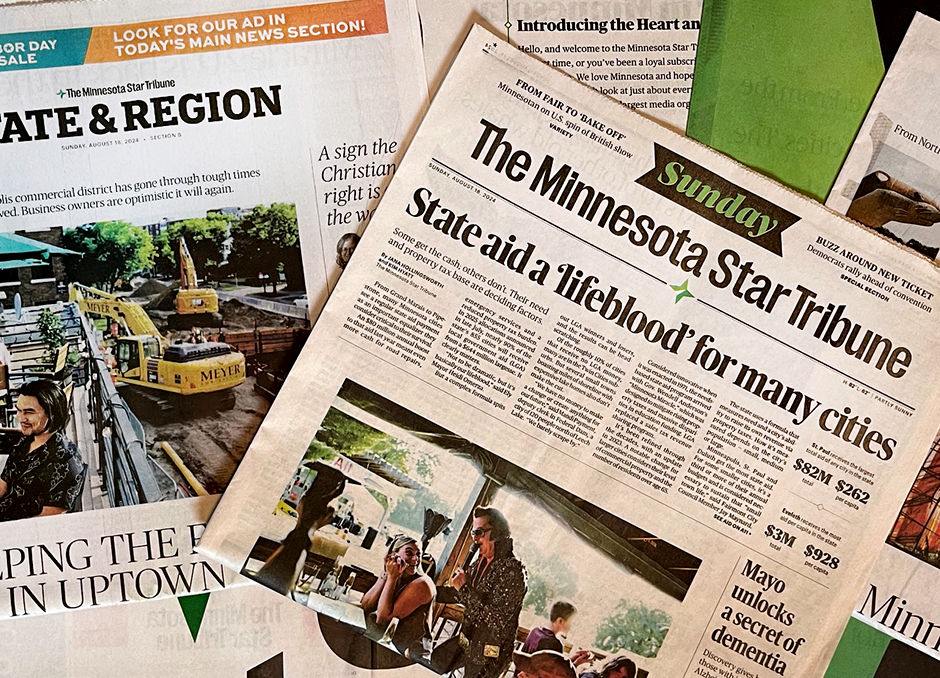The troubles of American aerospace giant Boeing do not seem to end anytime soon. After nearly three decades, the company’s defence manufacturing arm is set to face a workers’ strike. It was in 1996, when the workers at Boeing defence did a walkout and work was halted for nearly three months.
As per reports, the union members at operations in Missouri and Illinois voted against the Boeing’s latest offer over pay, work schedules and pensions.
Notably, the workers involved in the strike build F-15 fighter jets, the T-7 training jet, missiles and munitions and other military aircraft. In addition, they also manufacture parts for Boeing’s 777X commercial jets.
Over 3,200 machinists are set to walk off the job around midnight on 4th August after members voted down a deal that would’ve raised wages by 20% and boosted retirement contributions.
In a statement, Dan Gillian, the vice president of Boeing’s Air Dominance unit, said, “We’re disappointed our employees rejected an offer that featured 40% average wage growth.”
The workers strike is being led by a branch of the International Association of Machinists and Aerospace Workers (IAM) at Boeing’s defence hub in St. Louis.
Tom Boelling, a senior official at the IAM union said, “IAM District 837 members have spoken loud and clear, they deserve a contract that reflects their skill, dedication, and the critical role they play in our nation’s defence.”
The workers’ strike will increase financial pressure on Boeing’s defence and space division. Notably, Boeing’s defence and space segment generates about 30% of the company’s revenue as of the second quarter.
Lawsuits, mid-air technical issues and the deadly Air India 787-8 Dreamliner crash: Boeing troubles continue to mount
Boeing has been making headlines this year for all the wrong reasons. Recently, flight attendants from Alaska Airlines have sued Boeing for the mid-air mishap in January 2024, in which a cabin panel of a Boeing 737 Max 9 plane blew out, causing injuries.
The flight attendants are suing Boeing for physical and psychological harm caused by the incident. They are also seeking compensation for past and future financial loss that they may have to incur due to the incident. In separate lawsuits against Boeing, the flight attendants have stated that they acted to the best of their abilities, utilising their training and put the lives of passengers ahead of their own.
On 5th January 2024, a window along with part of the fuselage of a Boeing 737 MAX-9 operated by Alaska Airlines fell off (Blowout as reported widely) when the flight reached an altitude of 16,000 feet. The incident occurred on flight 1282 between Portland and Ontario (in California).
On 29th July 2025, a United Airlines flight from Washington DC to Munich, the Boeing 787 Dreamliner they were travelling on suffered an engine failure shortly after takeoff. The flight was at an altitude of just 5000 feet when the crew had to declare ‘MayDay’ due to the engine failure and return to the Dulles Airport in Washington.
The engine failure prompted the flight crew to issue an emergency call and coordinate closely with air traffic controllers to ensure a safe return. The aircraft was placed in a holding pattern northwest of Washington to safely dump fuel and manage its weight for landing. The the aircraft remained air-bound for 2 hours and 38 minutes in a holding pattern to safely dump fuel before landing back at the Washington Dulles Airport.
On 26th July, an American Airlines flight at Denver International Airport was evacuated afternoon after a landing gear issue led to fire was indicated on takeoff. The incident occurred on Flight 3023, bound for Miami. There were six crew members and 173 passengers aboard. The Federal Aviation Administration (FAA) reported the Boeing 737 MAX 8 indicated a suspected landing gear problem at around 2:45 p.m.
On 12th June 2025, Air India plane took off from Ahmedabad at 1:40 pm. It crashed within 1 minute and more than 250 people died in this accident. The crashed flight was Air India’s 787-8 Dreamliner aircraft, manufactured by Boeing. While a significant section of the American legacy media tried to put the deadly crash’s blame on the Indian pilots, questions are being raised over technical issues that may have led to the crash.
Lobbying, coverups and accidents: Boeing has mastered the art of dodging accountability
The Air India crash in June this year, inflicted a significant blow to not only Boeing’s reputation, but also it’s stocks. In 2024 also, the company struggled with a safety crisis, quality control problems and a disastrous seven-week strike by the workers that cost it around $1 billion each month.
Boeing continues to cope with the fallout from two fatal crashes involving its 737 Max aircraft in 2018 and 2019, which claimed 346 lives. Earlier this year, the firm and the Department of Justice came to an agreement that would exempt it from criminal liability for the crashes.
A report by the US stock market regulator SEC says that Boeing has spent more than $200 million (₹1700 crore+) on lobbying from 2010-2022. $26 million (₹225 crore) has been spent in 2021 and 2022 alone. A report by the SEC itself shows that Boeing has spent more than $320 million (₹2700 crore) on lobbying since 1998. The SEC says that Boeing ranks 9th in terms of spending on lobbying within the US.
Boeing is at number 9 in this arena, while in terms of market cap, it is at number 70-80 in America. This simply means that Boeing spends much more than its status on lobbying. Boeing gives money to both parties in America, i.e. Democrats and Republicans, to bend the rules according to its wishes.
Boeing’s history of controversies lends credence to suspicions of a coordinated blame-shifting effort. The US-based company faced intense scrutiny after the 2018 Indonesian Lion Air Flight 610 and 2019 Ethiopian Airlines Flight 302 involving the Boeing 737 Max, which killed hundreds of people. These deadly crashes were linked to flaws in the Manoeuvring Characteristics Augmentation System (MCAS) and other reasons.
It was revealed that in both accidents, MCAS continued to push the plane down while the pilots kept trying to fly it. The pilots failed in this, and this faulty system brought the plane down. When the pressure increased after the investigation of both accidents, Boeing admitted that it had hidden this information. Boeing admitted that it had not told the pilots about this new system. Gplus reported in detail how Boeing bends the US laws to its whims and exploits loopholes to keep its profits soaring even at the cost of human lives. Boeing’s lobbying isn’t confined to the commercial sector.
The Boeing 737-800 operated by China Eastern Airlines crashed and caught fire in Guangxi province when it was en route from Kunming to Guangzhou in March 2022. President Xi Jinping ordered a swift investigation to find out the reason behind the incident, which stunned the country. Afterwards, every 737-800 operated by China Eastern Airlines was grounded.
According to the Civil Aviation Administration of China (CAAC), Beijing disagreed with Boeing’s initial explanation of pilot error and blamed the crashes on a malfunctioning Manoeuvring Characteristics Augmentation System (MCAS) design.
A Jeju Air flight 7C2216 belly-landed and went off the end of the runway at Muan International Airport in December 2024, smashing into a wall and exploding. Four of the six crew members and all 175 passengers on board were killed, while two crew members were hauled out unharmed. South Korean authorities then declared that they would conduct an urgent safety check on every Boeing 737-800 aircraft operated by the country’s airlines.
Last November, a cargo plane crashed close to Vilnius airport in Lithuania, resulting in at least one fatality and three injuries. During its final approach for landing, the Spanish cargo airline Swiftair, operating a Boeing 737 for DHL (Dalsey, Hillblom and Lynn), crashed close to a residence.

















































